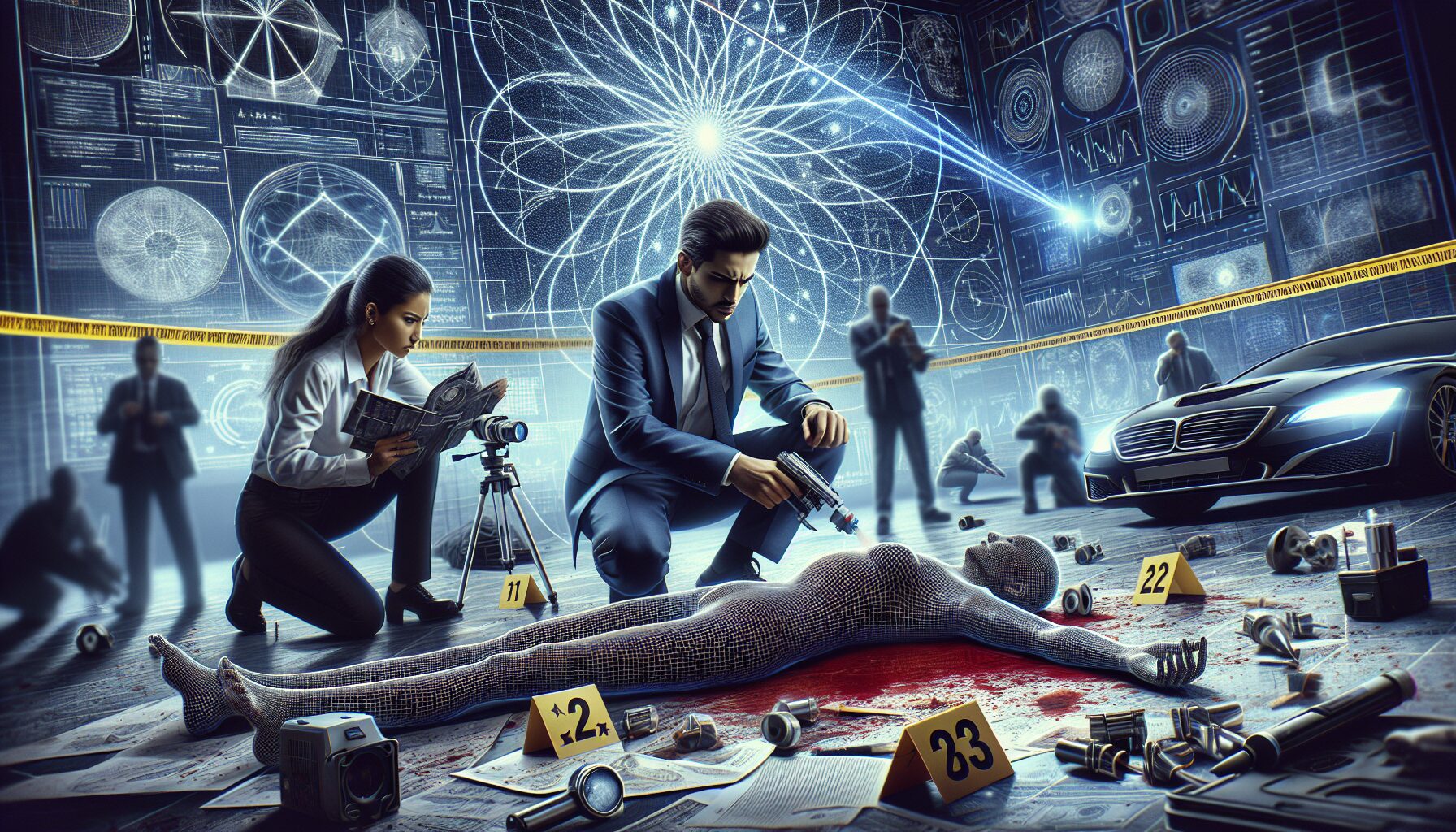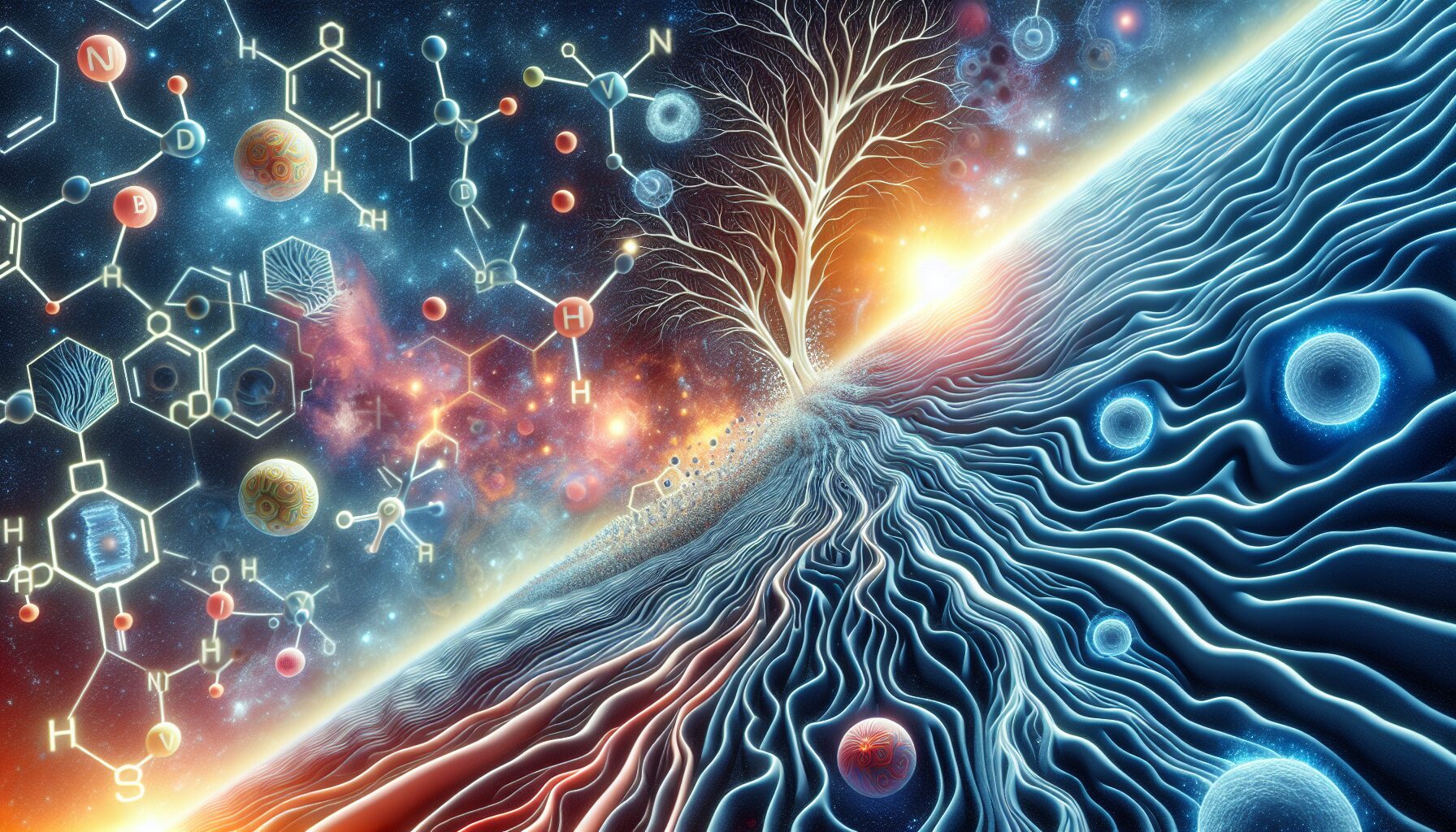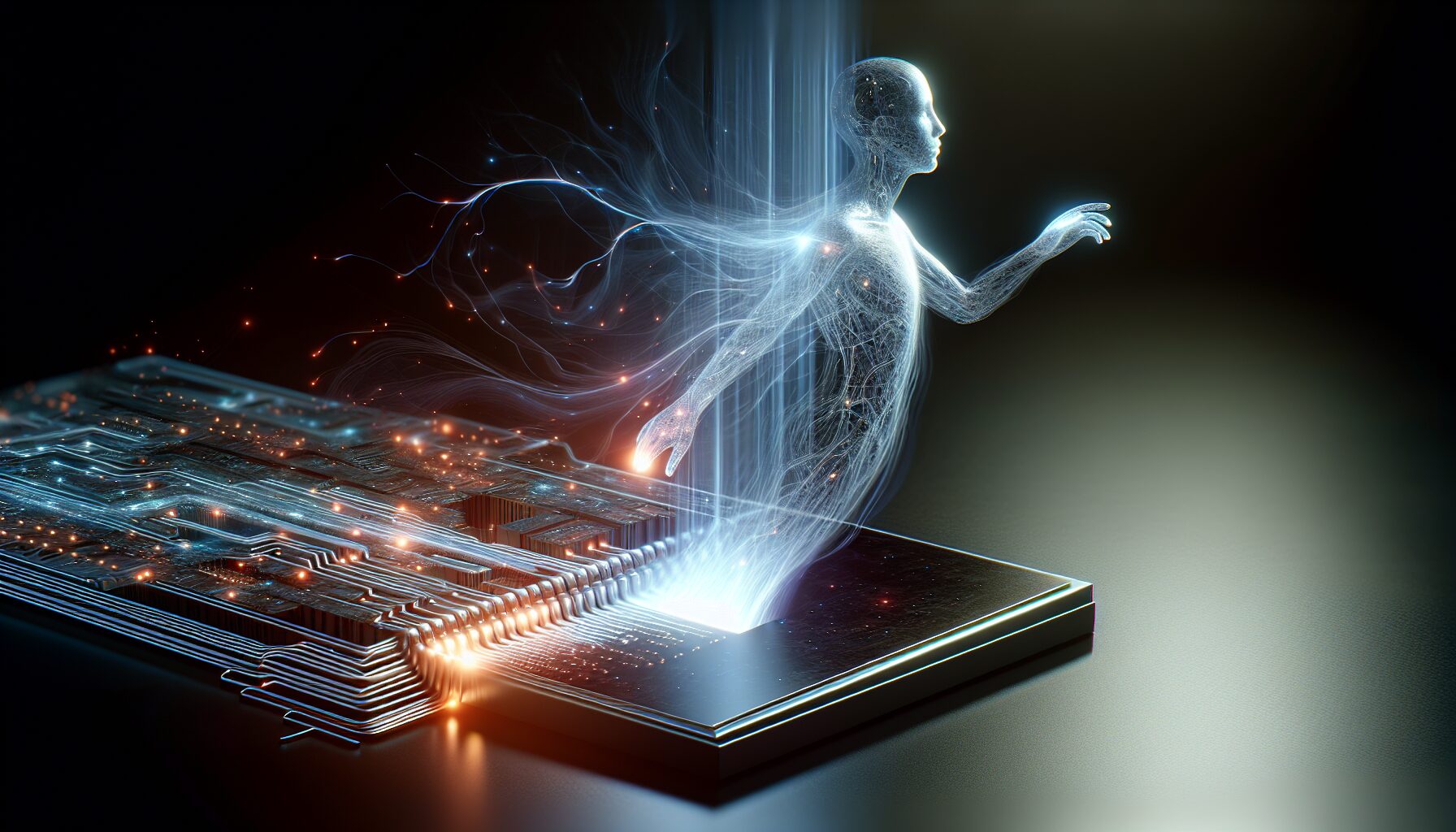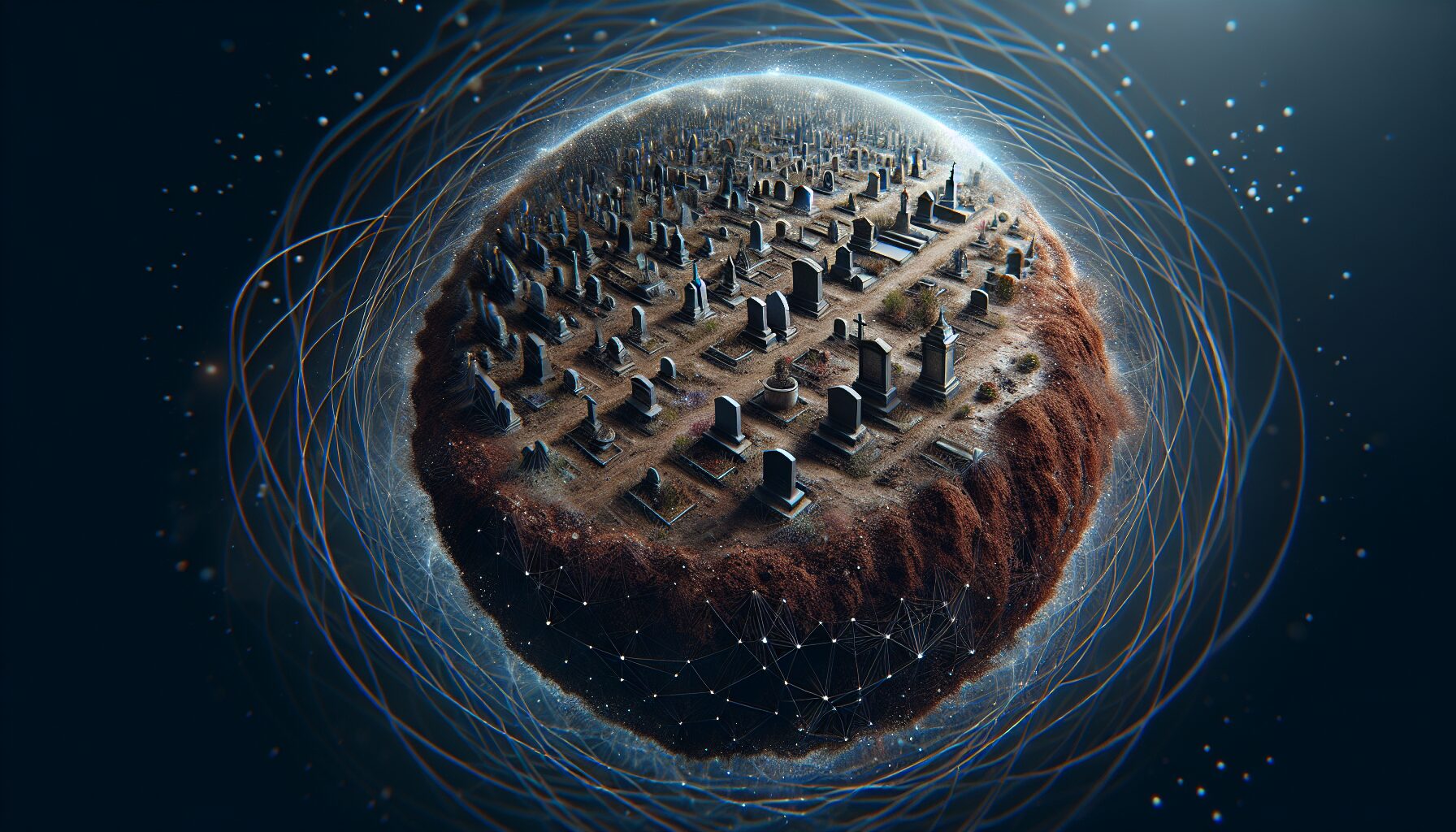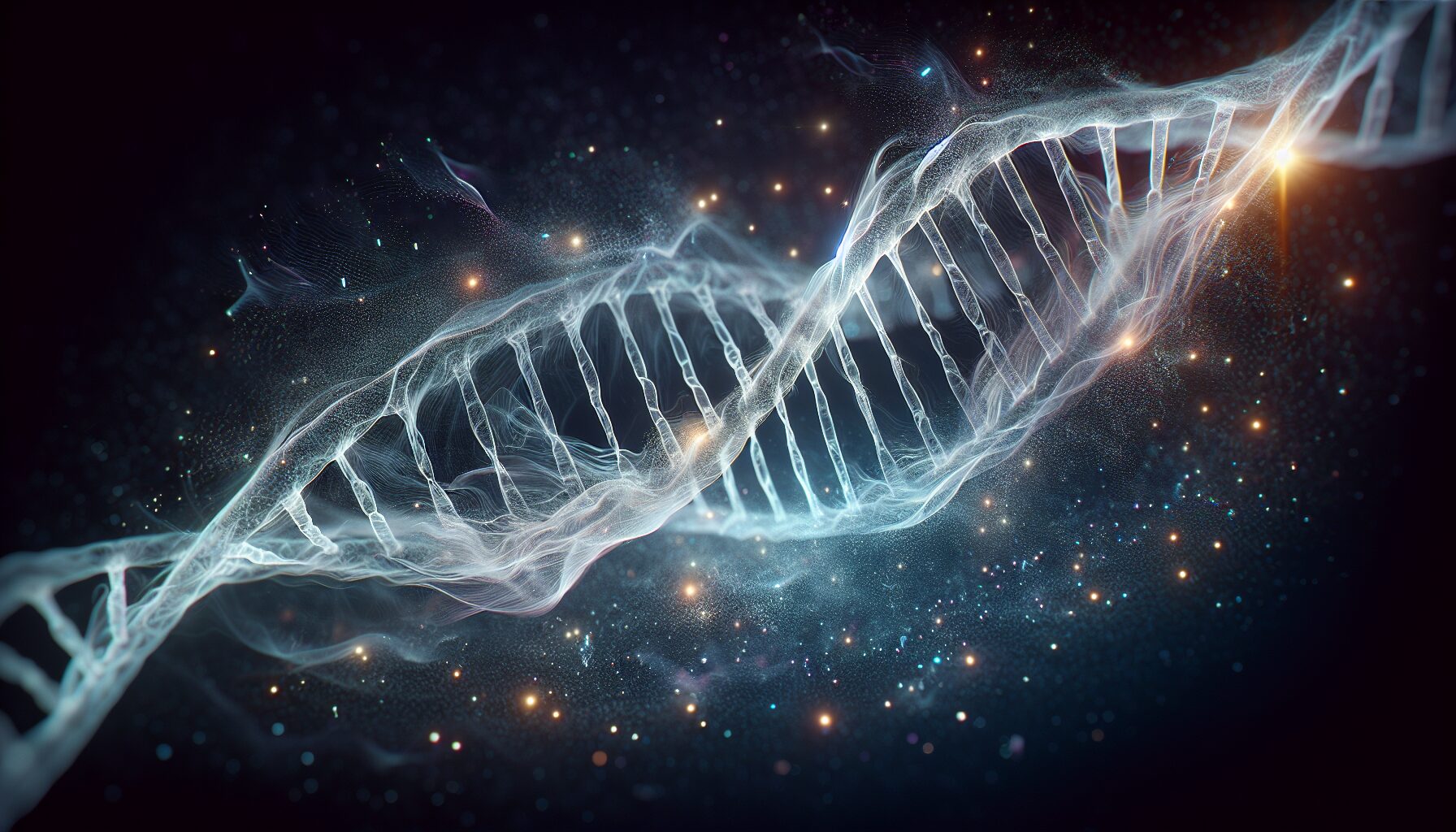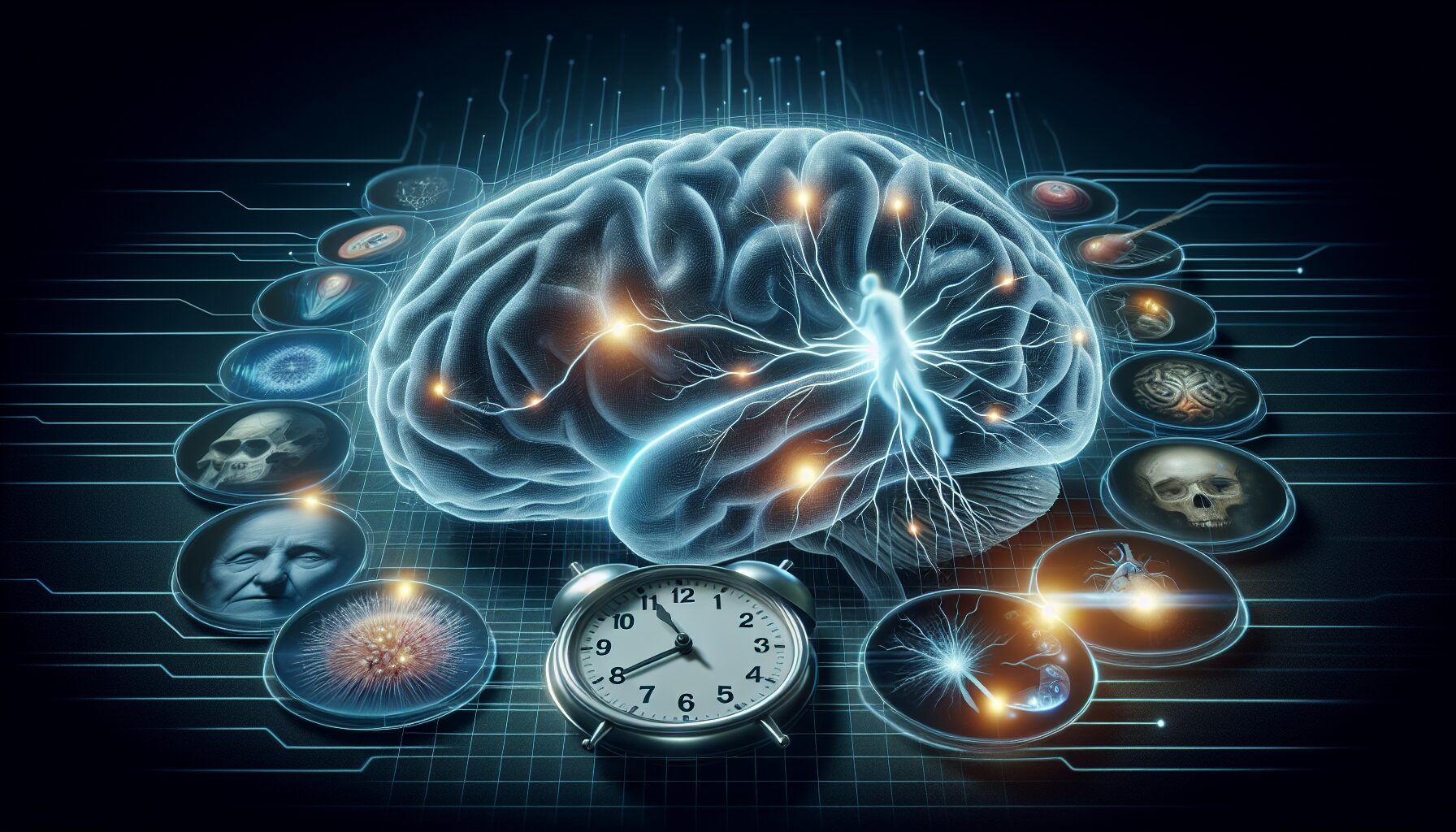Forensic science has always been a domain where the boundaries of multiple disciplines intersect. One of the most intriguing intersections is between forensic analysis and the second law of thermodynamics — specifically, the concept of entropy. This principle is gradually reshaping the way we understand and measure death, offering new methodologies for criminal investigations and unraveling the mysteries surrounding mortality.
Understanding Entropy in Physics
Entropy, from a physical sciences standpoint, is a measure of disorder within a system. The second law of thermodynamics posits that entropy within a closed system will always increase over time, leading towards a state of equilibrium. This principle explains why natural processes tend to move from order toward chaos, and why perpetual motion machines are impossible.
“Entropy is a central pillar of the second law of thermodynamics and provides a quantitative measure for understanding the distribution of energy within any given system.” — Entropy Developers Organization
Application of Entropy in Forensics
Applying the concept of entropy to forensic science requires rethinking how death can be scientifically analyzed. Forensic entropy seeks to quantify the disorder in the biological system of a deceased organism, interpreting the process’s progression towards thermodynamic equilibrium.
- Time of Death Estimation: Analyzing entropy provides insights into the rigor mortis process, body temperature changes, and postmortem decomposition. These factors, when understood through the lens of increasing entropy, help forensic scientists pinpoint the time of death with higher accuracy.
- Decomposition Process: As decomposition results in marked energy redistribution and breakdown of bodily structures, measuring this increase in entropy allows forensic experts to gauge the timeline and environmental factors at play during decomposition.
- Environmental Interactions: Entropy helps in understanding how external variables like temperature, humidity, and microbial activity accelerate or decelerate the process of decay, providing critical insights in various forensic scenarios.
Case Studies and Recent Developments
Consider the notable case of the Challenger Deep investigation, where researchers used entropy measurements in understanding how deep-sea conditions affect necrobiotic processes. The unique interplay of pressure and cold temperatures provided valuable data on entropy trends in extreme environments.
Recent advancements have further broadened the scope of forensic entropy. Researchers at the University of Forensic Sciences have developed sophisticated algorithms capable of calculating biological entropy changes in cadavers with impressive precision, integrating artificial intelligence to enhance predictive model accuracy. These algorithms have significantly refined methods for determining postmortem intervals.
Challenges and Ethical Considerations
Despite its promise, the forensic application of thermodynamic entropy is not without challenges. The variability in environmental conditions, individual biological differences, and the complexity of biochemical reactions all contribute to potential inaccuracies or ambiguities when interpreting entropy-related data.
Ethically, the use of such technology in forensic investigations raises questions about privacy, consent to postmortem examinations, and the potential misuse of data. It’s imperative for legal frameworks and ethical guidelines to evolve alongside technological advancements to ensure that forensic entropy is applied responsibly and respectfully.
“The intersection of cutting-edge science and legal practice necessitates a robust ethical framework to safeguard against potential misuse.” — Forensic Ethics Forum
The Future of Forensic Entropy
Looking ahead, the integration of entropy in forensic science could revolutionize how death is quantified and understood. From preemptive identification of unusual mortuary patterns in epidemiological studies to advanced forensic reconstructions in criminology, the potential applications are vast.
Cross-disciplinary collaboration will be essential in optimizing methodologies and tools. As forensic scientists, physicists, biologists, and data scientists pool their expertise, the field of forensic entropy will continue to mature, paving the way for more precise and informed analyses in criminal investigation and beyond.
Ultimately, the marriage of physical principles and forensic science not only enhances our understanding of death but challenges us to appreciate the complex interplay of life and entropy, urging us to redefine our approach to mortality in scientific and philosophical terms alike.
